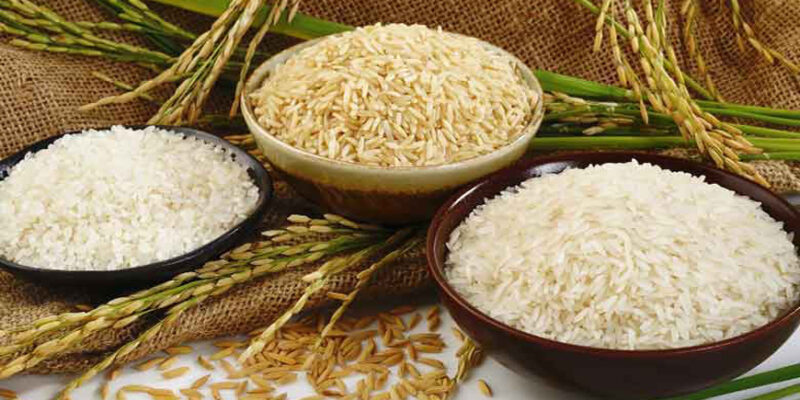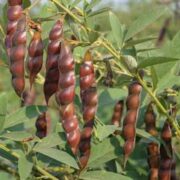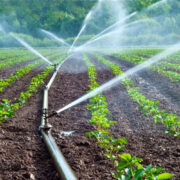Improved paddy varieties of AP: Paddy is an important crop which is the major food source consumed in India. The staple food crop of AP is paddy which is cultivated in nearly more than 22 lakh hectares during Kharif & Rabi seasons. West Godavari & East Godavari are considered as rice bowl of AP. The current sown area of paddy during Kharif season is 0.92 lakh ha which is only 57% over normal sowing area of the season, which is 1.61 lakh ha. The reduction in the sowing percentage is due to the delayed monsoon & reduced rainfall for the season. The prevailing weather conditions of coastal AP is 40-29◦C (Max), 29-23◦C (Min) & of Rayalaseema is 36-29◦C (Max), 27-21◦C (Min). With the onset of monsoon on June 7th the paddy sowings and raising of nurseries has been initiated. Starting with the coastal AP, the weather conditions are moderately dry, so raising of paddy nurseries has been started.
Based on the prevailing weather conditions the varieties are to be selected appropriately. The varieties suitable for moderately dry to severe dry conditions of coastal AP are RGL 2537, BPT 5204, BPT 3291, MTU 1061, MTU 1210, MTU 1224 & MTU 1064. Severe wet to moderate dry conditions prevails in Rayalaseema region, so go for raising of nurseries for the suitable varieties Samba mashuri, Nandyala Sannalu, Nellore Sona, Nellore Masuri, Nandyala sona (NDLR 7), Maruteru samba (MTU 1224), MTU 1310, MTU 1321. In order to prevent the fungal diseases, soak the seeds in a solution prepared from 3g of carbendazim and 1 litre of water per 1 kg of seed for direct sowing or treated the seeds with Carbendazim @1g/kg of seeds to be raised in nursery.
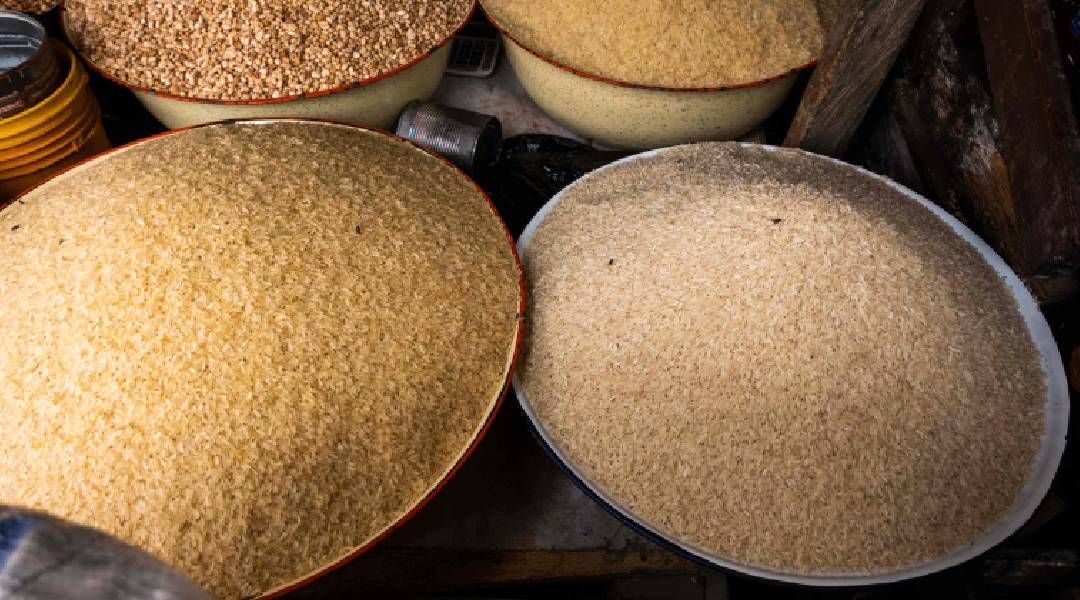
Improved paddy varieties of AP
Also Read: Bacterial Diseases in Sheep and Goats: Management of bacterial diseases in sheep and goats.!
Extremely dry conditions favour blast disease so select the varieties resistant to blast like RGL-2537 (Sklm sannalu), ADT-39, BPT 3291 (Sona mashuri), CR 1009 (Savithri). Also spray with Tricyclazole @ 1.6g/lt of water after noticing the blast in nursery & main fields. The varieties tolerant to Brown plant hopper is MTU-1156 (Tarangini), MTU-1064 (Amara), MTU 1061 (Indra), MTU 1001 (Vijetha). Where as MTU 7029 (Swarna), MTU 3626 (Prabhat) tolerant to Bacterial leaf blight. So, by selecting & procuring proper seed varieties based on the prevailing weather conditions will help to enhance the yield of farmers even during the delayed monsoon. Also, farmers should maintain should proper drainage facilities during the extremely wet conditions so that the fungal diseases like damping off can be prevented.
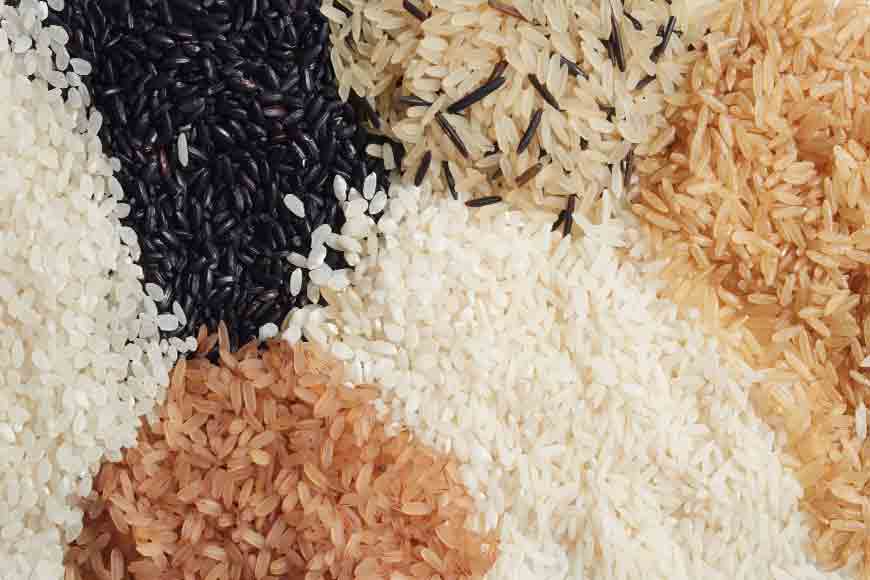
Improved paddy varieties
The Khaira disease/Zinc deficiency which is more prevalent in paddy should be reduced by spraying zinc sulphate @5kg+ Calcium hydroxide @ 2.5kg in 1000 litres of water & spray on 10-20 days old seedlings at nursery stage. Broad leaved weeds which emerges in saturated conditions can be controlled by spraying 2,4-D sodium salt@ 400g/acre at tillering stage. By adopting the above-mentioned measures during raising nurseries and transplantation of paddy, farmers can cultivate the paddy crop with economic yield even in the conditions of reduced rainfall (mm) due to the delayed monsoon.
Also Read: Black Headed Caterpillar: Black headed caterpillar management in coconut

